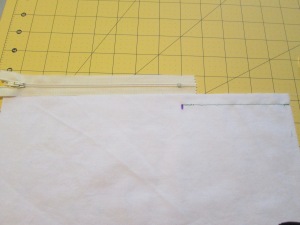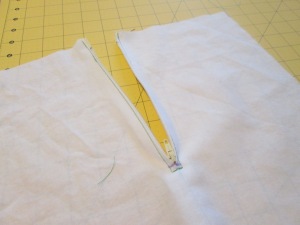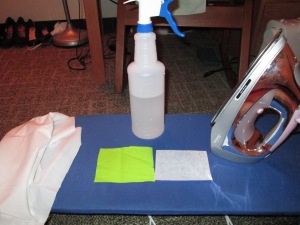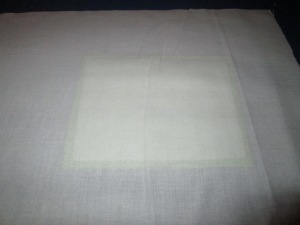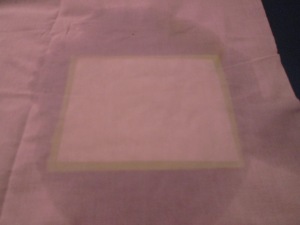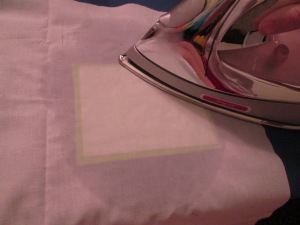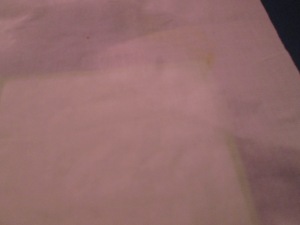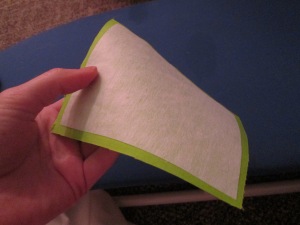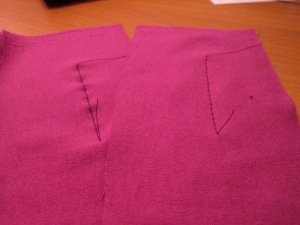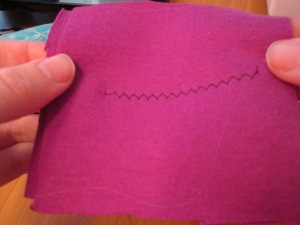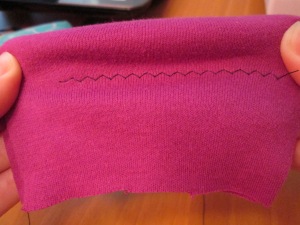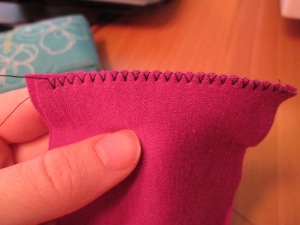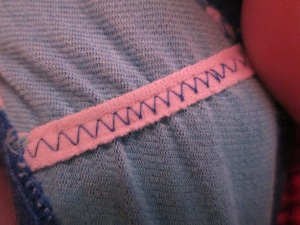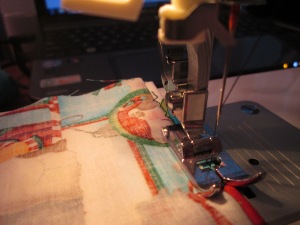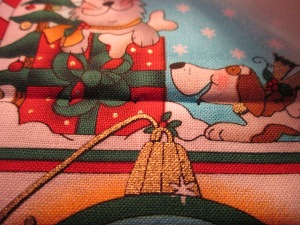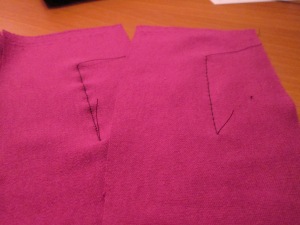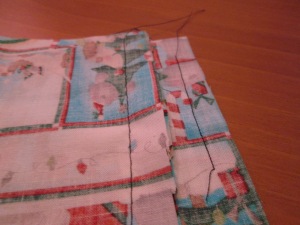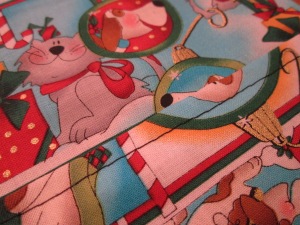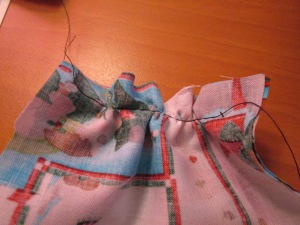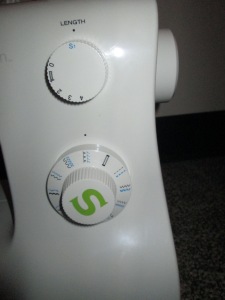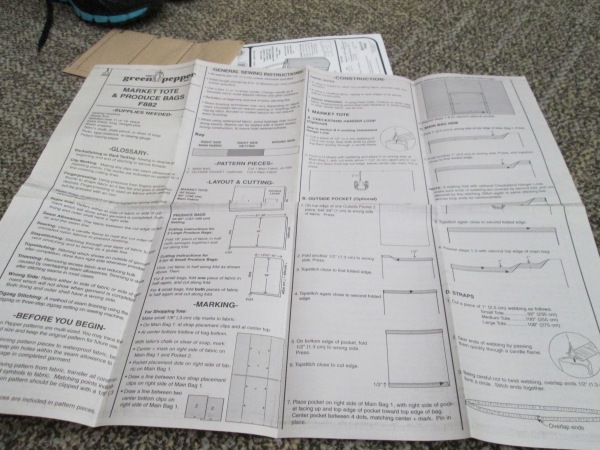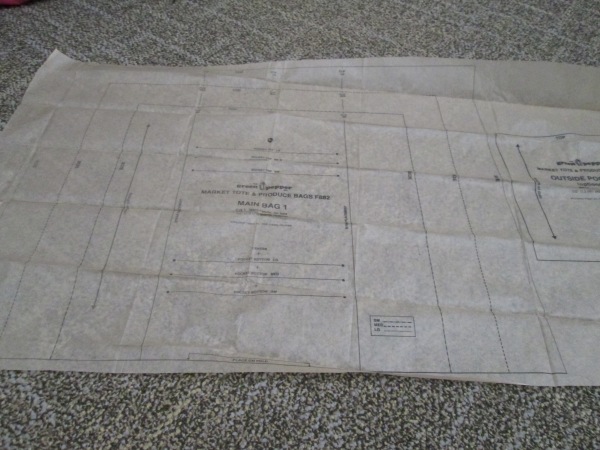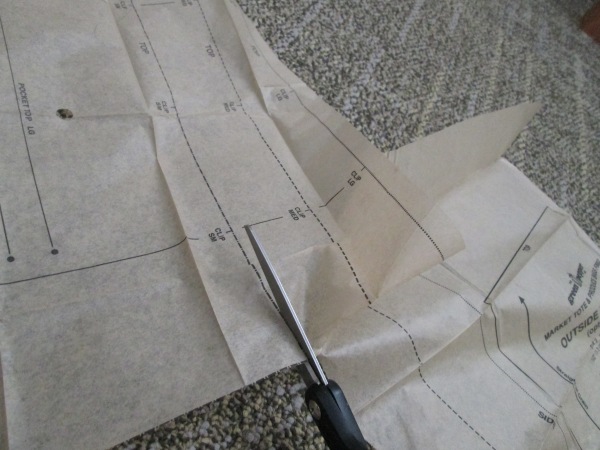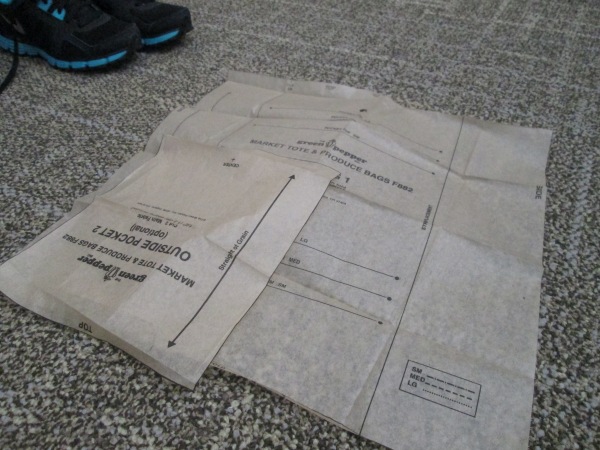Zippers are pretty much ubiquitous in our everyday lives – from clothing to accessories to home goods, we’ve all encountered a zipper at some point. But many people I’ve met who sew as a hobby and are great with many different sewing notions struggle with figuring out how to sew a zipper!
There are a few different techniques for attaching different kinds of zippers. but today we’re going to look at the most common and basic way to sew a zipper. It’s going to involve basting, covered in this post, and topstitching, mentioned in this post. You should also dig up your zipper foot if you’re sewing by machine. A zipper foot looks like this:
To demonstrate how to sew a zipper, I’ll mimic a zip-open back of a dress. Here are the materials I’ll be using:
- Fabric of choice, cut into 2 equal rectangles
- Zipper of desired length (Note: if you’re unsure about the length you need, it’s safer to buy a zipper that’s too long so that you can trim it later!)
- Thread
- Zipper foot
When you sew the back of a dress, before you attach the zipper you’re going to stitch the seam below where the zipper will be. Notice in this picture how I line up the zipper with the edge of my fabric to see where the bottom stop will be and then mark it.
Since my zipper is going to be 7 inches, I’m going to start the stitch 7 inches from the “top” of the fabric (minus the seam allowance) and stitch all the way to the “bottom.” Use your regular presser foot for this.
Next, press the seam open, including the unstitched seam allowances. (Review this post if you need to see how to press a seam!)
Now grab your zipper. Press the zipper tape flat, being careful not to touch the metal coils with the hot iron! Close the zipper and flip the pull tab upwards.
Position the zipper face down on the wrong side of the fabric, with the zipper teeth centered on the seam and the bottom stop where the stitched seam ends.
Baste one side of the zipper to the seam allowance, and place a pin right below the bottom stop.
Flip your fabric right side up, and position your zipper foot so that the foot is to the right of the needle. Set up your sewing machine to begin stitching at the pin, but remove the pin before you stitch.
Starting at the seam below the zipper, stitch across and up the length of the zipper on the right-hand side through all layers. I recommend starting the stitch with the zipper closed then opening the zipper once you’ve gotten about halfway down the zipper. You can’t sew around the zipper pull very easily, so you’ll want it out of the way.
Now repeat on the left-hand side, moving your zipper foot so that it’s to the left of the needle.
Now just remove the basting. Congratulations – you now know how to sew a zipper!
This is just one method of attaching a zipper, but it’s the basic technique that can be adapted to many different situations.
Happy sewing!
Learni.st – Learn how to sew starting from step one
Pinterest & Twitter – Follow for tips, ideas, and more
Etsy – Shop Sew Me Your Stuff



